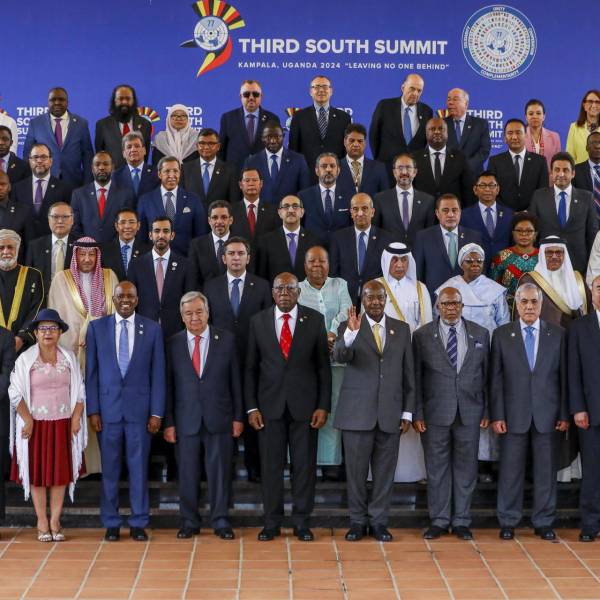Trade between Latin America and China is growing at an unprecedented rate, and experts call for “caution”

First Amendment:
As trade between China and Latin America and the Caribbean grows at historic levels, experts analyze the risks of commitments made by several countries in exchange for foreign investment and cooperation.
simultaneous relationship. In 2021, the total value of trade between China and Latin America and the Caribbean increased by 41.1% compared to 2020, setting a new record of $451,591 million in transactions, according to official data from China.
Neither the pandemic nor the global crisis in the supply chain can stop this exponential growth between the Asian country and Latin America, which is why many analysts point out that, from the region, they “see China as a source of opportunities that other countries do not offer.”
At the Forum “Where Are China-US Relations Heading in Latin America?” Organized by the Foundation for Analysis and Social Studies, FAES, Juan Pablo Cardinal, an expert on politics and economics in the Asian country, warned that in the region “political and economic elites can see China as evidence that development and prosperity without democracy is possible.”
China is currently the region’s second most important trading partner. In 2021, Latin American exports to China amounted to about $222,582 million, an increase of 31.4% over the previous year.
While the value of Chinese exports to Latin America amounted to $229.09 million, an increase of 52% over the previous year, according to the China Customs Office.
Globally, trade in goods and services reached an all-time high of $28.5 trillion in 2021, a 25% year-over-year increase that was also 13% higher than in 2019, the year before the pandemic.
According to the United Nations Trade and Development Agency, UNCTAD, the 43% rise in Chinese exports in relation to pre-pandemic figures is notable, while economies such as the United States, the European Union and Japan, showed more modest numbers, between 6% and 12%.
“China has developed a network of business and political contacts in the region. It is a very decentralized approach that allows them to support many countries with resources and technical assistance,” Margaret Myers, Director of the Asia and Latin America Program at Dialogue, said during the conference. the event.
For Pepe Zhang, Associate Director and Senior Analyst at The Atlantic Council, currently, “We live in an ideological world. China is more willing to cross the ideological line and cooperate with all countries, and thus have greater influence, while the United States and the United States are more limited in this connection”.
Belt and Road Initiative
For Alejandro Godoy, who specializes in Asia and the Middle East, the initiative that mimics the ancient Silk Road is an ambitious project that the countries that are a part of it must be careful with the concessions granted and the economic imbalances they may obtain. giving birth.
“It’s a very ambitious project because it runs until 2049, has an approximate cost of $900,000 million, and the prospects with Latin America are alienating countries that still recognize Taiwan,” says the expert.

“The best thing is that Latin America can balance this relationship with China and see what opportunities the European Union can offer,” Godoy adds.
“As we have seen in Africa, many of the new Silk Road projects have created huge trade deficits, because ultimately countries do not have the capacity to sustain these debts, and over time China acquires these businesses,” Godoy says.
The expert concluded that “many Latin American countries have signed memoranda of understanding in a project that today includes more than 140 countries that have joined the initiative, so actions should be taken with great caution.”
Recently, Argentina became the 20th country in the region to join the China Sector Initiative. The South American country will celebrate 50 years of diplomatic relations with China in the midst of a deep economic crisis and the renegotiation of its more than $40 billion debt with the International Monetary Fund.

“Award-winning zombie scholar. Music practitioner. Food expert. Troublemaker.”








